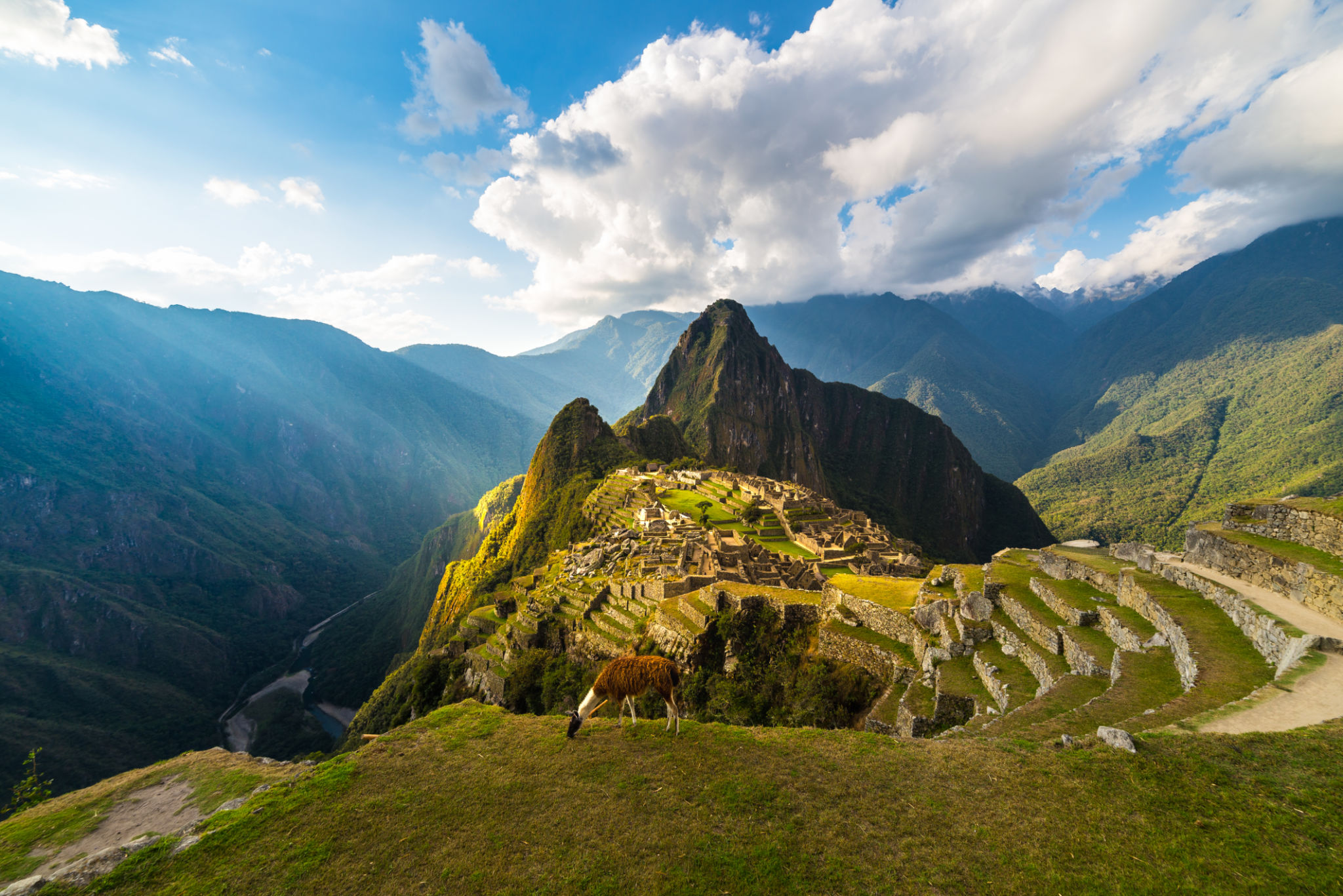The Impact of Climate on Peruvian Agriculture and Export Strategies
The Importance of Agriculture in Peru
Peru's diverse climate and geography make it one of the most unique agricultural landscapes in the world. From the arid coastal plains to the lush Amazon rainforest and the towering Andes mountains, each region offers distinct opportunities and challenges for agriculture. This diversity has allowed Peru to become a significant player in the global agricultural market, particularly in the export of crops such as coffee, cocoa, and quinoa.

However, the impact of climate change poses significant risks to this sector. With changing weather patterns, increased temperatures, and irregular rainfall, farmers must adapt their practices to ensure sustainability and productivity. Understanding these impacts is crucial for developing effective strategies to safeguard Peru's agricultural future.
Climate Challenges Facing Peruvian Farmers
One of the most pressing issues is the alteration of rainfall patterns, which can lead to droughts or floods. In the Andean region, unpredictable rainfall has disrupted traditional farming cycles, affecting crop yields and quality. This unpredictability forces farmers to consider new planting schedules and diversify their crops to mitigate risks.
In addition to rainfall changes, rising temperatures are causing glaciers to melt, reducing water availability for irrigation. The melting glaciers not only threaten water supply but also contribute to soil erosion, impacting the long-term viability of farmland. These climatic shifts demand innovative solutions to preserve water resources and maintain soil health.

Adapting Agricultural Practices
To combat these challenges, Peruvian farmers are increasingly adopting sustainable practices. Techniques such as agroforestry, crop rotation, and organic farming are gaining popularity. These methods help improve soil fertility, conserve water, and reduce dependency on chemical inputs, making farms more resilient to climate variations.
Moreover, technology is playing a crucial role in adaptation strategies. Farmers are leveraging data analytics and weather forecasting tools to optimize planting schedules and resource allocation. By embracing technological advancements, they can better anticipate and respond to climatic changes.
Export Strategies Amidst Climatic Changes
Peru's position as a leading exporter of certain crops hinges on its ability to adapt to climate impacts. The government and private sector are working collaboratively to enhance export strategies that account for these challenges. This includes investing in research and development to improve crop varieties that are more resistant to climate extremes.

Additionally, diversifying export markets can reduce dependency on a single crop or region. By expanding into new international markets and promoting lesser-known products, Peru can mitigate risks associated with climate-induced supply disruptions. This strategic approach not only secures economic stability but also supports local farmers by opening new opportunities for growth.
The Role of Policy and International Collaboration
Government policies play a pivotal role in supporting agricultural resilience. Initiatives aimed at improving infrastructure, providing financial assistance, and fostering innovation are essential for helping farmers adapt. Moreover, international collaboration and knowledge exchange can further bolster these efforts, offering access to global best practices and resources.
Through concerted efforts at both the national and international levels, Peru's agricultural sector can continue to thrive despite climate challenges. By prioritizing sustainability and innovation, the country can protect its rich agricultural heritage while ensuring future growth and prosperity.
